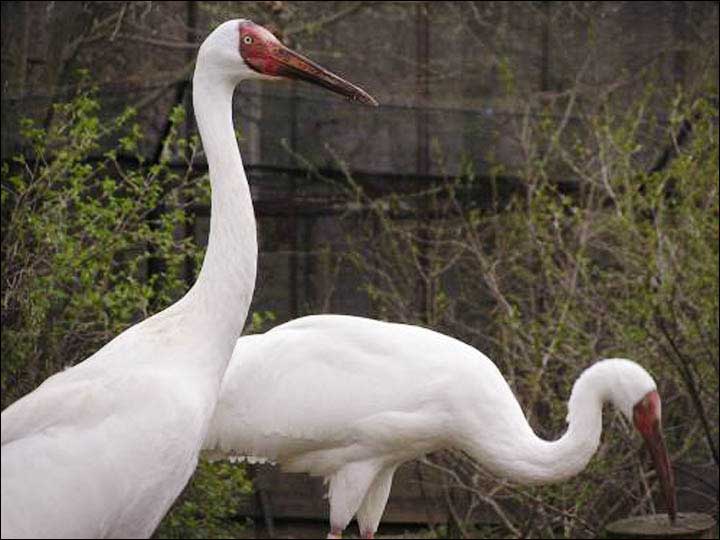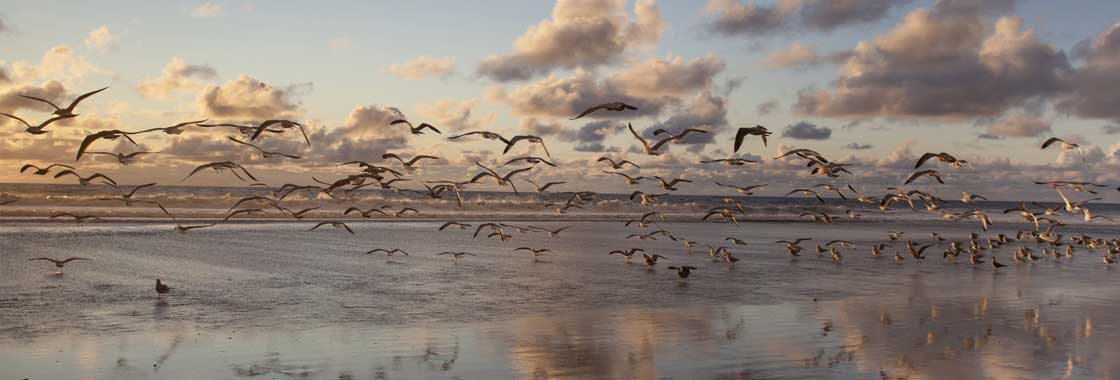
Call us Now ![]() +91-8744012053
+91-8744012053
Mon - Sat ~ 10:00 AM - 6:00 PM
Follow & Like
.png)


Call us Now ![]() +91-8744012053
+91-8744012053
Mon - Sat ~ 10:00 AM - 6:00 PM
Follow & Like
.png)


Read on to know the full Indian story on why western Siberian cranes have stopped migrating to India and is there still any hope for revival left?
India’s geographical location entitles it to enjoy an equatorial climate. This factor encourages the entry of winged beauties into India during the winter months from far off countries with adverse cold temperatures such as Russia, Australia, and Serbia among others. The more technical word to explain this phenomenon is migration.

The migratory season (October to April) is the best time for bird watchers to head to different parts of our country to witness the splendid birds in all their glory chirping, twittering, nesting and adapting to a new life. India offers a remarkable birding experience with its avian diversity of 1250 birds spread across the nation. But in last few years the population of these vibrant birds is dwindling. The disturbing decline in their numbers has been ascertained to human centric growth and activities at both the actual home (breeding environment) and the place to which the bird travels to (wintering ground).
Let’s highlight the issue by taking the example of Siberian White Crane. This majestic bird journeyed during the wintry weather a tiresome distance of 4000 kilometers from Western Siberia (Ob marshes) to Keoladeo Ghana National Park at Bharatpur, Rajasthan. Sadly, this divine voyage ceased to operate beyond the year 2002. A Study carried on by the International Crane Foundation revealed in its findings that the last established sighting of this bird in India was made in 2002. Another report states that only a single pair of this large bird was witnessed in 1992 in Bharatpur.
The Siberian Crane has entered the list of endangered species; according to a 2012 census roughly 4000 Siberian Cranes are left. An expose` in the Deccan Herald revealed the plausible cause that pushed this grand winged angel into the dark depths of extinction, the cranes were hunted down along their lengthy tour over war torn regions of Russia, Kazakhstan, Uzbekistan, Afghanistan and Pakistan. India too has its share of negatives such as growing levels of pollution and use of pesticides contributing to the decreasing numbers.

The International Union for Conservation of Nature (IUCN) has declared 170 Indian birds’ species as threatened, 20 percent of these are migratory in nature. Non-migratory wetland species: Great Indian Bustard, Forest Owlet, Red Headed Vulture and Jerdon’s Courser, Migratory wetland species: Spoon Billed Sand Piper and Baer’s Pochard, among others are part of the list of endangered bird species in India.
Global warming and rising temperatures pose a big threat to migrating birds that visit India. Furthermore, our country faces large scale felling of trees leading to a loss of forest cover, loss of prey, poaching and shrinking wetlands all add up to the sorry state of affairs.
World migratory day is observed by the United Nations (UN) every year on May 9th & 10th. The initiative marks the need for conservation of migrating avian population and their habitats. Bird Awareness initiatives, bird festivals and birding excursions are organized world over to celebrate these two days.

On an individual level, one can spread awareness on the threatened migratory birds by spreading the word and sharing their pictures on social media. Organize or Participate in bird counting tours, nature trails, outdoor camps, visit exhibitions and educational workshops. Talking about personal responsibility, each one of us can hang in our gardens or outside our windows a bird feeder, place outside a dish of water and one with grains & fruit seeds. These bird accessories can be easily shopped online in India. Small steps go a big way in inviting to your heart and home various vibrant species of birds.
It is interesting to know that the first ever records of migratory birds surfaced in the Vedas. The sacred writings/scriptures linked weather change with the noticing of certain birds such as Chatak (a partial migrant), also known as the Pied Cuckoo.
Lets us begin aggressively about conserving our forests, wet-lands other animal natural habitat to transform a bleak future into one that holds promise of revival of many of these near-extinct birds and animal species.